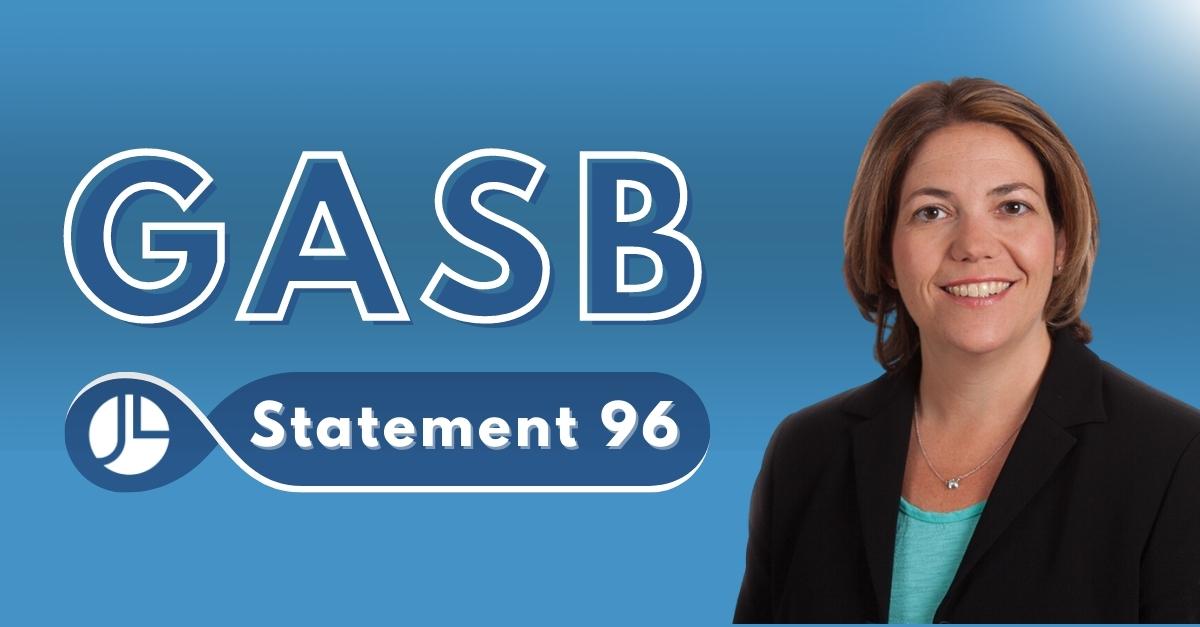Johnson Lambert is dedicated to keeping you up to date on the impact of the Government Accounting Standards Board’s (GASB) Statement No. 96, Subscription-Based Information Technology Arrangements (GASB 96). GASB 96 is effective for fiscal years beginning after June 15, 2022, with early application permitted.
Background
In May 2020, the GASB issued Statement No. 96, Subscription-Based Information Technology Arrangements to improve the accounting and reporting for SBITAs. The guidance defines SBITAs and establishes accounting for the right-to-use subscription asset—an intangible asset—and a corresponding subscription liability. The standard also provides the capitalization criteria for outlays other than subscription payments, including implementation costs of a SBITA; and required financial statement disclosures. The accounting guidance for SBITAs is based on and shares many of the key concepts contained in GASB Statement No. 87, Leases (GASB 87), as amended.
The white paper presents the most significant changes to accounting for subscription-based information technology arrangements that are likely to impact your financial statements and how you can prepare.
If you have any questions about this white paper, contact the Johnson Lambert team.



